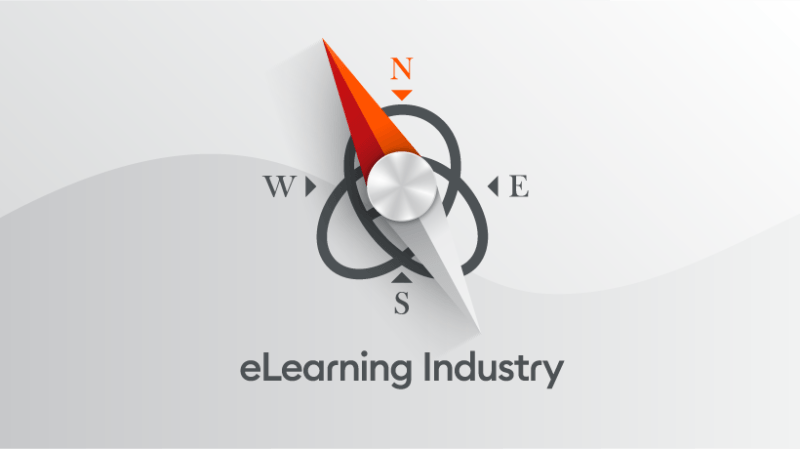
eLearning Industry Celebrates Its 12th Anniversary
Another year has passed, and October 10, also known as eLI Day in our offices, is upon us. eLearning Industry is proudly celebrating its 12th anniversary, leaving behind another year of knowledge sharing, community building, and satisfied customers. Our company remains dedicated to its mission of bringing eLearning professionals together to help them drive innovation and succeed in their respective businesses. In a dozen years of experience, eLearning Industry has gathered a lot of insights, one of them being that change is inevitable. However, that isn’t necessarily negative. Let’s take a look at a few tips that will simplify navigating change, guaranteeing beneficial and successful transformations.
5 Insider Tips For Effectively Navigating Change
1. Recognizing The Change
When change comes, it is important not to jump into planning and taking immediate action. On the contrary, the best way to handle it is to take a step back and assess the current situation. Knowing what you’re working with now will facilitate pinpointing what you want or need to transform. Gather data using multiple methods and sources and analyze them thoroughly to detect all internal and external factors that need to be taken into consideration during the transformation stage. This will help align efforts throughout the organization and develop a change management strategy that will achieve the desired results.
2. Setting Goals In Preparation
Once the first stage is complete, you are ready to start imagining what you want the future to look like for your company. In other words, you must envision the end goal and identify the individual steps and objectives that will take you from point A to B. When setting these goals, make sure they are in line with your organization’s overall mission and vision to increase motivation and engagement among the employees who will carry out the plan. Moreover, keep your expectations of this whole venture realistic so that you don’t add unnecessary anxiety to this potentially already stressful transition.
3. Developing And Implementing Your Transformation Plan
When navigating change, apart from your goals and objectives, you also need to consider the logistics of your transformation plan. Specifically, which teams will take on which goals? What is the budget for each project? Do teams or individual employees require training or additional technology? Finally, establish a clear communication plan so that all teams and stakeholders can be kept informed about the progress of the transformation at all times. These steps will keep you on the road to success by ensuring that your strategy flows smoothly and as planned. While this happens, make sure to monitor the progress of the plan and provide support as needed to maintain high levels of engagement and satisfaction among employees.
4. Planning Ahead For Risks And Challenges
With change come challenges. The only way to ensure that your transformation period will end in success is to anticipate these crises so that you can be proactive instead of reactive. Developing contingency plans will give you the confidence to move forward with implementing your plans, as you will know that there is a backup plan in case something goes wrong. You must also be prepared for internal challenges. Employees are likely to resist shifts and changes, perhaps due to being set in their ways or fear for the security of their position. Make sure to explore the reasons behind employee resistance with empathy and understanding. Alleviate their concerns by having honest conversations in which you discuss the long-term benefits of the transformation.
5. Reviewing And Evaluating For Optimal Results
The final step to effectively navigating change is to ensure long-term success. This involves regularly measuring the progress of the transformation plan and taking action based on the results. Collect data through various techniques, such as evaluation, skill assessments, surveys, and interviews, so that you can get a comprehensive picture of the situation. Include employees as well as stakeholders in the process to understand how the transformation impacts the organization at all levels. After analyzing your data and extracting insights, it’s time for action. Effective change management requires you to be flexible and adapt your strategy based on careful data analysis and reflection. This way, you can optimize your strategy and ensure that your transformation proceeds as designed.
Conclusion
Organizational transformation is an essential part of the game for any business that seeks long-term success. And after 12 years in the field of eLearning, navigating change is something that eLearning Industry has had a lot of practice in. With a blend of effective communication, strategic planning, high employee engagement, embracing feedback, and a willingness to adapt, change management becomes an opportunity for growth and innovation instead of a challenge. We hope these tips to effectively carry out a transformation in your organization will prove useful in helping you keep up with rapid changes in your industry.

